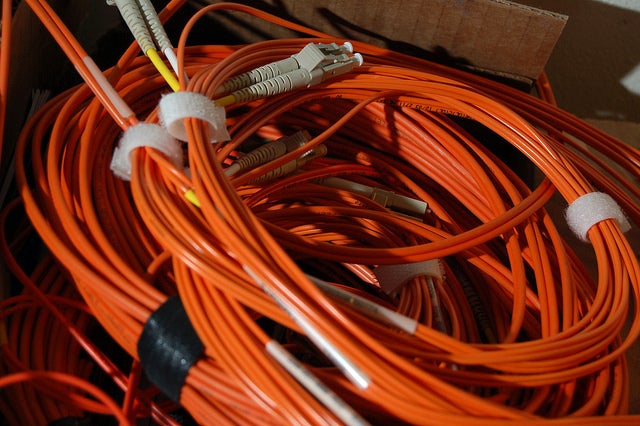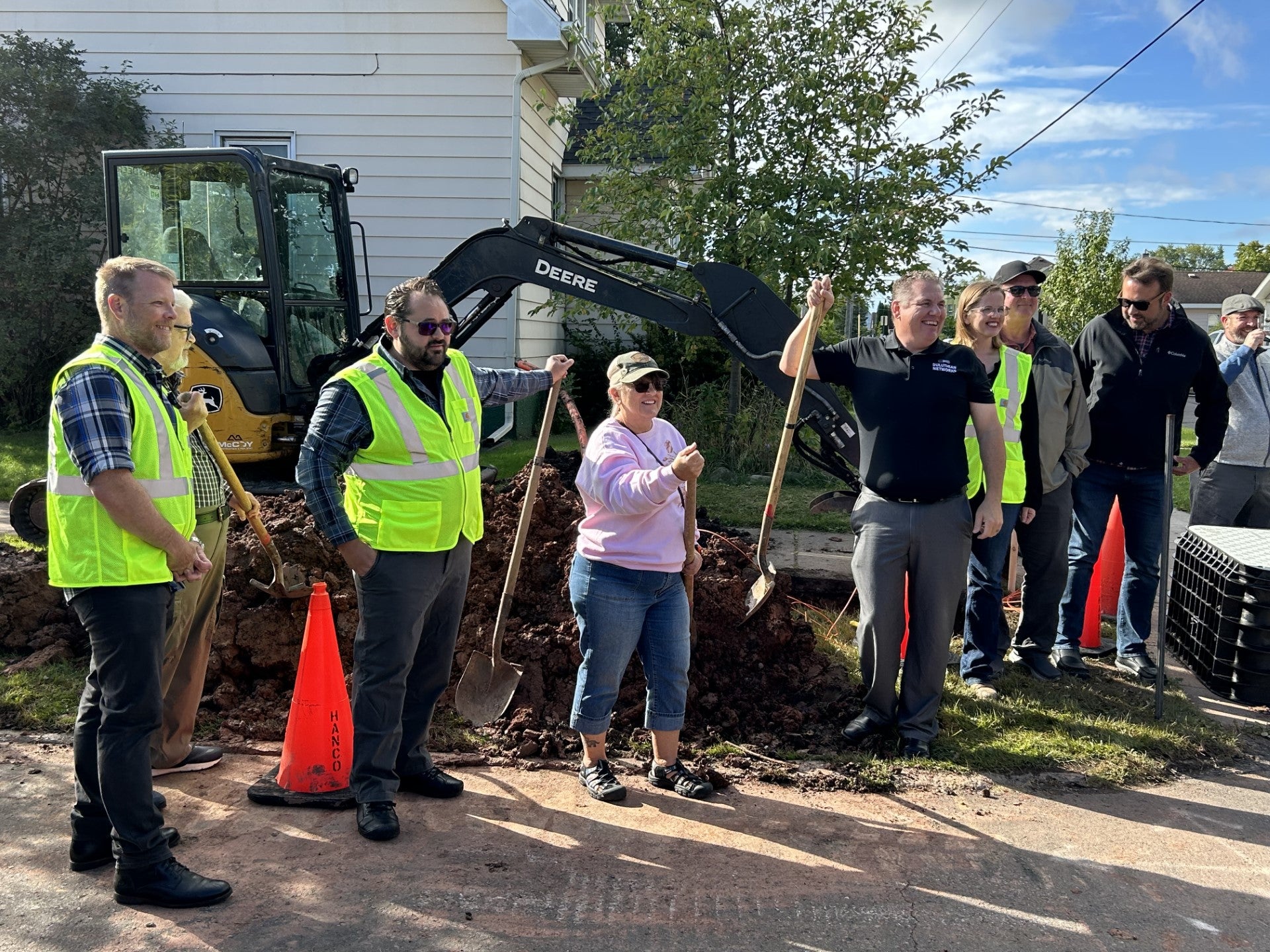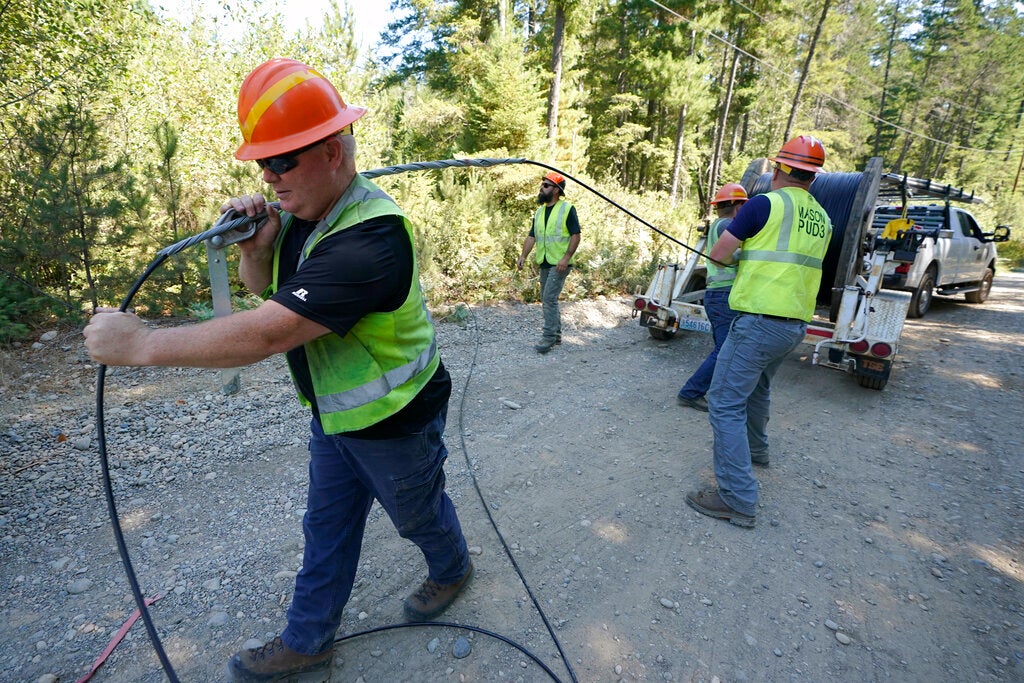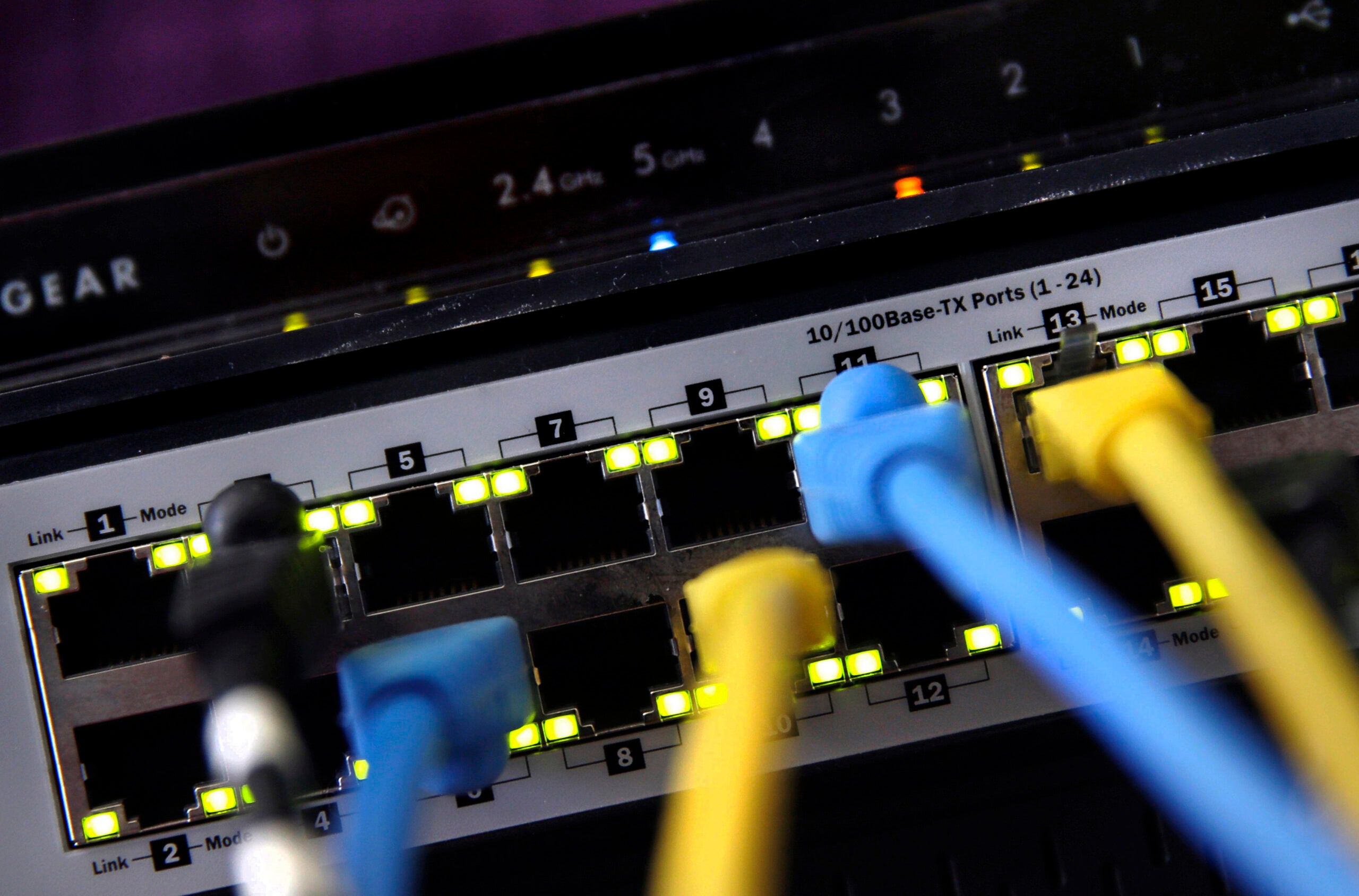The new state budget has tripled the amount of grant money that will go toward expanding broadband in Wisconsin’s underserved areas, but new conditions for eligibility have raised concerns about whether the grants will go to the places most in need.
The broadband expansion program is offering $1.5 million in grants across 15 to 20 projects each year. In the last budget, the program awarded grants to applicants that did not have more than one provider offering Internet download speeds greater than 3 megabits per second. However, following a recent order by the Federal Communications Commission, the program is expanding the pool of eligibility: It will now consider applicants in areas that have fewer than two service providers with a higher download speed threshold.
The FCC order in question redefined the national standard for adequate Internet service. Previously, the benchmark standard for broadband speed had been 4 Mbps. Following the FCC order, it’s 25 Mbps.
News with a little more humanity
WPR’s “Wisconsin Today” newsletter keeps you connected to the state you love without feeling overwhelmed. No paywall. No agenda. No corporate filter.
Dennis Klaila is an analyst with the state Public Service Commission, the body that oversees the broadband expansion program. He said the FCC decided to change the standard after finding that a substantial slice of the U.S. population had Internet speeds below the 25 Mbps benchmark.
“They just felt the rest of the country should meet those speeds in order to be able to access the video streaming services that people are looking for,” he said.
Some people, like Bill Esbeck, have concerns about the change. Esbeck is the executive director of the state’s telecommunications trade association.
“The changes that have been made in this funding cycle expands the eligible areas to include most of the state, which I think dilutes the focus of the program from those rural areas that truly are unserved or underserved,” said Esbeck.
Klaila, however, said that only the benchmarks have changed.
“What is unchanged is still the focus on getting broadband service to people that don’t have it right now,” Klaila said. “That’s the principle objective of this program.”
Leo Carlson, a manager with the northern Wisconsin telecommunications company Norvado, said the change raises the bar for providers.
“We will have to look at our packages and determine whether we need to make changes on our own on our side throughout the service area, as well as the ones where we’re trying to get the grants,” he said.
Providers are still challenged by providing broadband with greater distances between customers in rural areas, said Carlson.
“(It’s) $30,000 to bury fibre to a customer, for a roughly $30 to $40 per month that we’ll get back on that investment,” he said. “It’s really tough to make a case for that.”
Esbeck said the grant program helps — it provides an extra incentive for his roughly 70 members to expand broadband service.
“It’s easier to make the business case work for these very rural areas where you have miles between the houses when you are investing in infrastructure,” he said.
The PSC is also considering applications for projects that would expand future service within networks.
Around 20 to 30 applicants received funding from the program in the last two years.
Wisconsin Public Radio, © Copyright 2025, Board of Regents of the University of Wisconsin System and Wisconsin Educational Communications Board.







